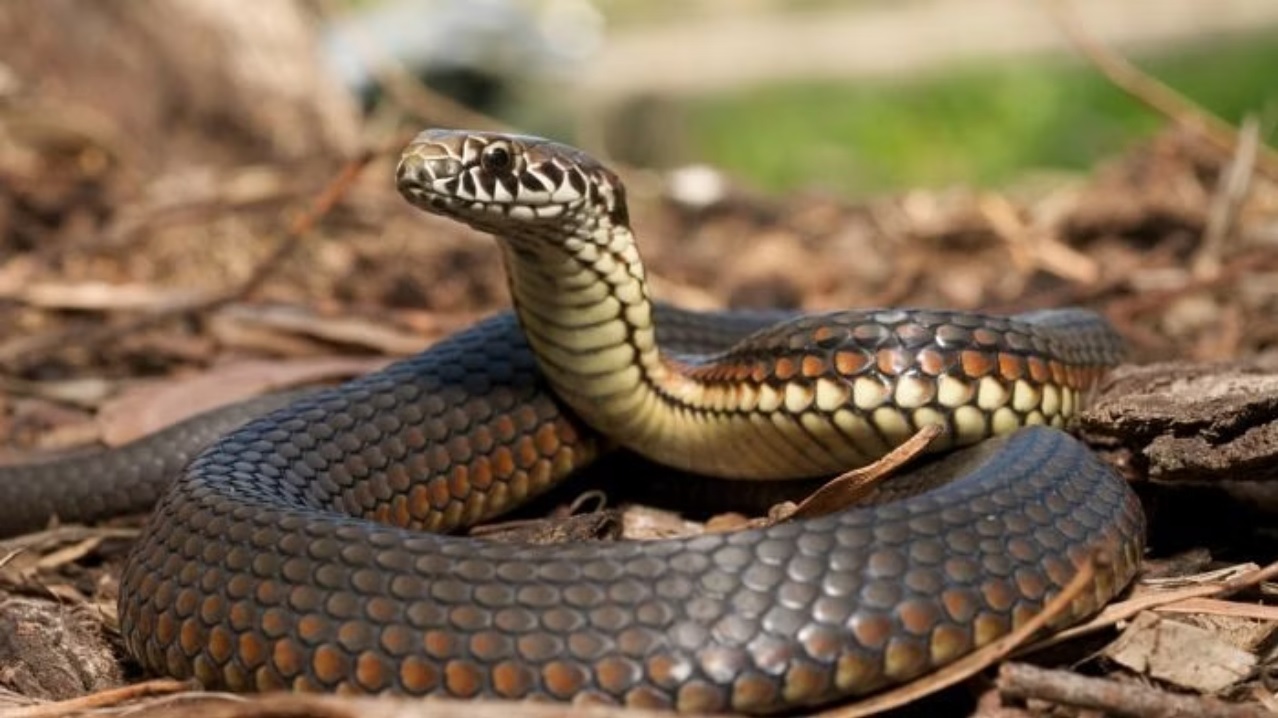By mandating surveillance and early reporting, Kerala joins Tamil Nadu and Karnataka in adopting a proactive approach to reduce preventable deaths and long-term disabilities.
Published Oct 13, 2025 | 12:01 AM ⚊ Updated Oct 13, 2025 | 12:01 AM

Kerala has recorded around 600 snakebite deaths in the past decade.
Synopsis: Kerala has formally declared snakebite a notifiable disease under the Kerala Public Health Act, 2023, nearly six years after 10-year-old Shahla Sherin died from a venomous bite in her classroom. The move mandates systematic reporting and surveillance to improve data collection, timely treatment, and public health preparedness, particularly during the high-risk snake mating season.
Nearly six years after 10-year-old Shahla Sherin succumbed to a venomous snakebite inside her classroom in Sulthan Bathery, Kerala has formally declared snakebites a notifiable disease.
The State Health Department’s notification comes ahead of the snake mating season between October and December, a period during which over 70 percent of snakebite deaths occur, officials warned.
By mandating surveillance and early reporting, Kerala joins Tamil Nadu and Karnataka in adopting a proactive approach to reduce preventable deaths and long-term disabilities.
The initiative aims to raise awareness, ensure timely treatment, and strengthen public health preparedness against one of the most overlooked yet deadly medical emergencies.
Kerala has recorded around 600 snakebite deaths in the past decade. Snakebite envenomation occurs when a venomous snake injects its toxin into a person, potentially causing paralysis, severe bleeding, kidney failure, tissue damage, or death if not treated promptly. Children are particularly vulnerable, as their smaller body size allows venom to act faster and more severely.
Advocates Abdul Azees and Sajna Ayisha continue to bear the pain of losing their daughter, Shahla Sherin. “My daughter could have been saved if she had been taken to a better hospital in time,” her father told South First.
High-quality antivenoms—listed by the World Health Organization as essential medicines—can prevent or reverse most symptoms of envenomation. However, availability remains a challenge due to low production, high costs, and weak distribution networks.
Kerala’s decision to make snakebite a notifiable disease under the Kerala Public Health Act, 2023, is a major step towards addressing these challenges. All cases and deaths will now be systematically reported, enabling authorities to collect accurate data, improve access to antivenoms, and strengthen healthcare responses, particularly in rural areas.
Over the years, the Kerala Department of Forest and Wildlife has introduced several measures to reduce snakebite-related deaths.
Yet, one crucial step—classifying snakebite as a notifiable disease—had long remained unfulfilled. Now, that measure has finally become a reality, a bittersweet victory for Shahla’s parents, who have waited years for this moment of justice for their child.
The Kerala High Court has been closely monitoring the government’s efforts to frame comprehensive guidelines for snakebite prevention and management.
In July, a Division Bench comprising Chief Justice Nitin Jamdar and Justice Shoba Annamma Eapen directed the Chief Secretary to convene a high-level meeting of department heads to finalise the guidelines.
On September 26, the Court directed the government to make snakebite envenomation a notifiable disease within two months, following a Union Health Ministry communication from November 2024. The ruling came while disposing of two petitions filed after Shahla’s death.
A meeting chaired by the Chief Secretary on 1 September, reviewed the draft guidelines, incorporating inputs from multiple departments and research institutions. School safety measures and snakebite prevention strategies were discussed.
The Forest Department presented the SARPA (Snake Awareness, Rescue and Protection App) initiative, credited with reducing snakebite deaths.
Under the Public Health Act, any person or institution aware of a notifiable disease must report it to the Public Health Officer, who is required to take immediate control measures.
The meeting also highlighted the limited efficacy of existing Anti-Snake Venom (ASV), which targets only four common snake species. A proposal was made to develop ASV for other species.
The High Court had emphasised that while policies could be refined later, comprehensive and time-bound guidelines must be implemented without delay.
Subsequently, the government submitted that it was preparing a draft circular including two major proposals: declaring snakebite a notifiable disease and exploring local antivenom production for lesser-known species, in collaboration with the Forest Department and the Rajiv Gandhi Centre for Biotechnology.
(Edited by Dese Gowda)
